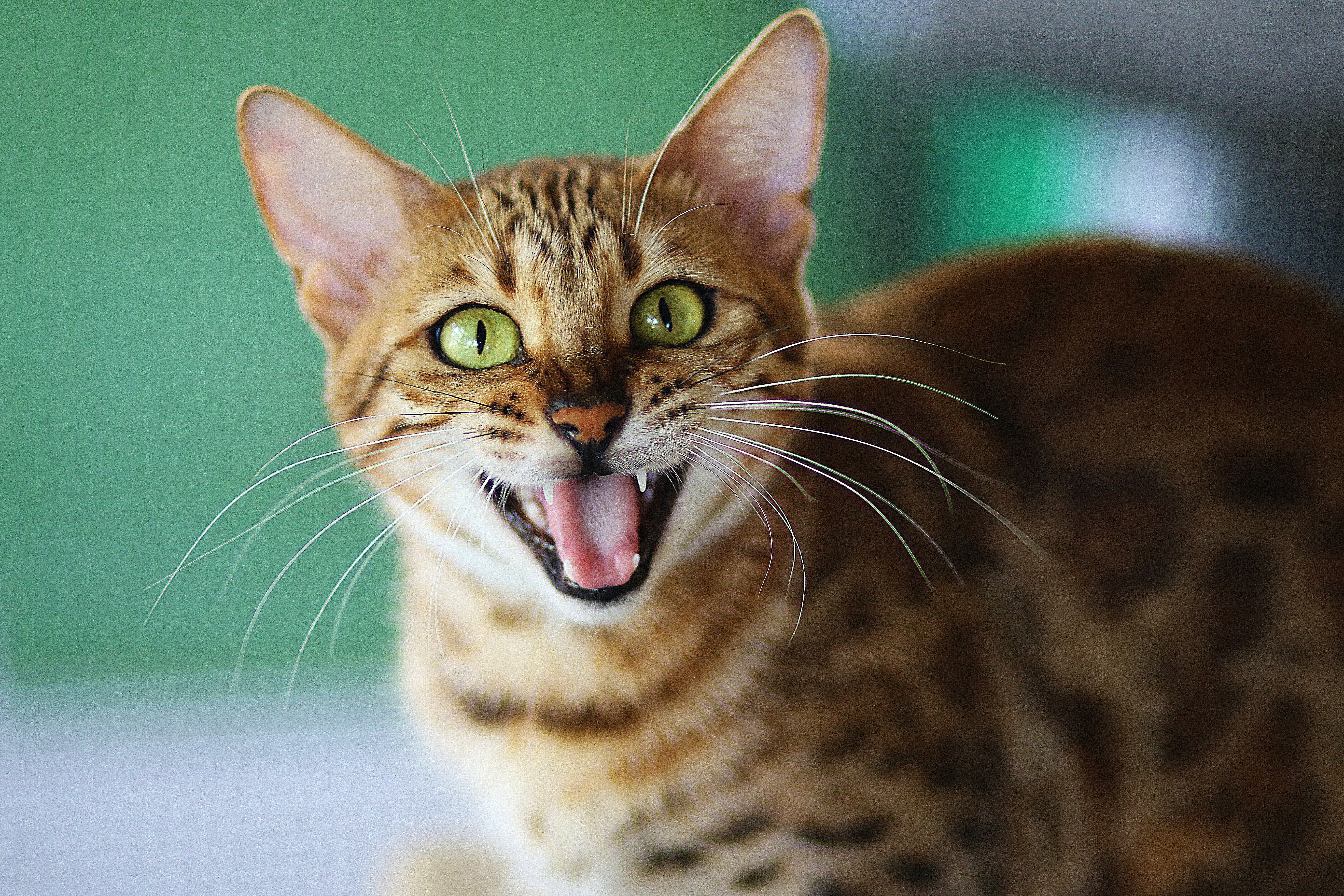The first thing you think about when considering your cat’s health probably isn’t their pearly whites (or lack thereof). But believe it or not, dental disease is one of the most common health conditions in our feline friends. And, there are several different forms of dental disease, some of which have genetic links.
But first—just how many cats battle dental disease? According to the American Veterinary Medical Association (AVMA), a whopping 70% develop some form of periodontal disease by the time they turn three. And that number increases as they get older. Luckily, despite periodontal disease being so common, it’s often a preventable form of dental disease.
What causes dental disease in cats?
Periodontal disease is caused by a buildup of bacteria on the gumline and teeth. This bacteria starts as soft plaque, which then calcifies into tartar and, over time, leads to inflammation and infection of both the gums and the underlying bone structures.
Did you know? Tartar builds up on the visible portion of the tooth as well as below the gum line.
These early stages of inflammation are known as gingivitis. (Perhaps you’ve heard your own dentist use that word.) As gingivitis worsens, the gums appear red and swollen, and can easily bleed.Then, as the condition continues to progress, inflammation and infection contribute to both the gum pulling away from the adjacent teeth and damage to the underlying bone. As you might guess, neither one of these outcomes are ideal for your cat.
At this stage, only a thorough dental cleaning will remove the tartar and stop the periodontal disease from progressing. But, like any health condition, it’s good to catch it early because not all effects of periodontal disease can be reversed. For example, a dental cleaning by itself can’t fix tooth root exposure or loose teeth.
Signs of dental disease
Clinical signs of periodontal disease include:
- Bad breath
- Red or bleeding gums
- Grinding of teeth
- Pawing at the mouth
- Jaw chattering
- Drooling
- Facial swelling
- Nasal discharge
- Difficulty eating
It’s important to note that cats are stoic creatures. They are masters at hiding pain and it might not be easy to tell if your cat is suffering from any discomfort. So it’s best to treat periodontal disease even if clinical signs aren’t being expressed.
Another common form of dental disease in cats is tooth resorption (TR). Experts believe between 30% and 70% of cats are affected by TR. And, despite the comparison to cavities, tooth resorption is a much different process. Resorptive lesions are formed due to the activation of normal cells, which are responsible for remodeling the tooth structure. The entire process—including why these cells turn on and remain on—is not well understood, making this both a fascinating and frustrating disease process. Luckily, there’s strong interest in unraveling the mystery, including discovering potential genes at play and determining if TR may be prevented in the future.
Did you know? Tooth resorption in cats has many other names, including feline odontoclastic resorptive lesions (FORLs), cervical neck lesions, and “kitty cavities”.
Treatment options for dental disease
The first step in diagnosing and treating dental disease in cats is a comprehensive oral exam. Cats being cats, few will allow this in-depth exam to be performed while they’re awake. So, to be thorough, anesthesia is typically needed. Anesthesia also allows dental X-rays to be taken so that both the visible portion of the tooth and its root system can be evaluated. With the information from the exam, the best course of action can be determined. Next steps vary and may include ultrasonic cleaning, surgically extracting teeth, obtaining tissue biopsies, or a unique plan tailored specifically to your cat’s needs.
For the curious minds out there, other types of feline oral health complications include:
- Foreign bodies
- Fractured teeth
- Retained deciduous or baby teeth
- Cleft lip and palate
- Misalignment of the jaw or teeth
- Gingivostomatitis, also known as stomatitis
- Oral lesions related to inflammatory or infectious disease processes
- Oral tumors
- And more…
Wisdom Panel™ Complete for Cats
Interested in insights about your cat, including genetic health and ancestry? Test your cat with world’s most comprehensive cat DNA test.
Shop Now



